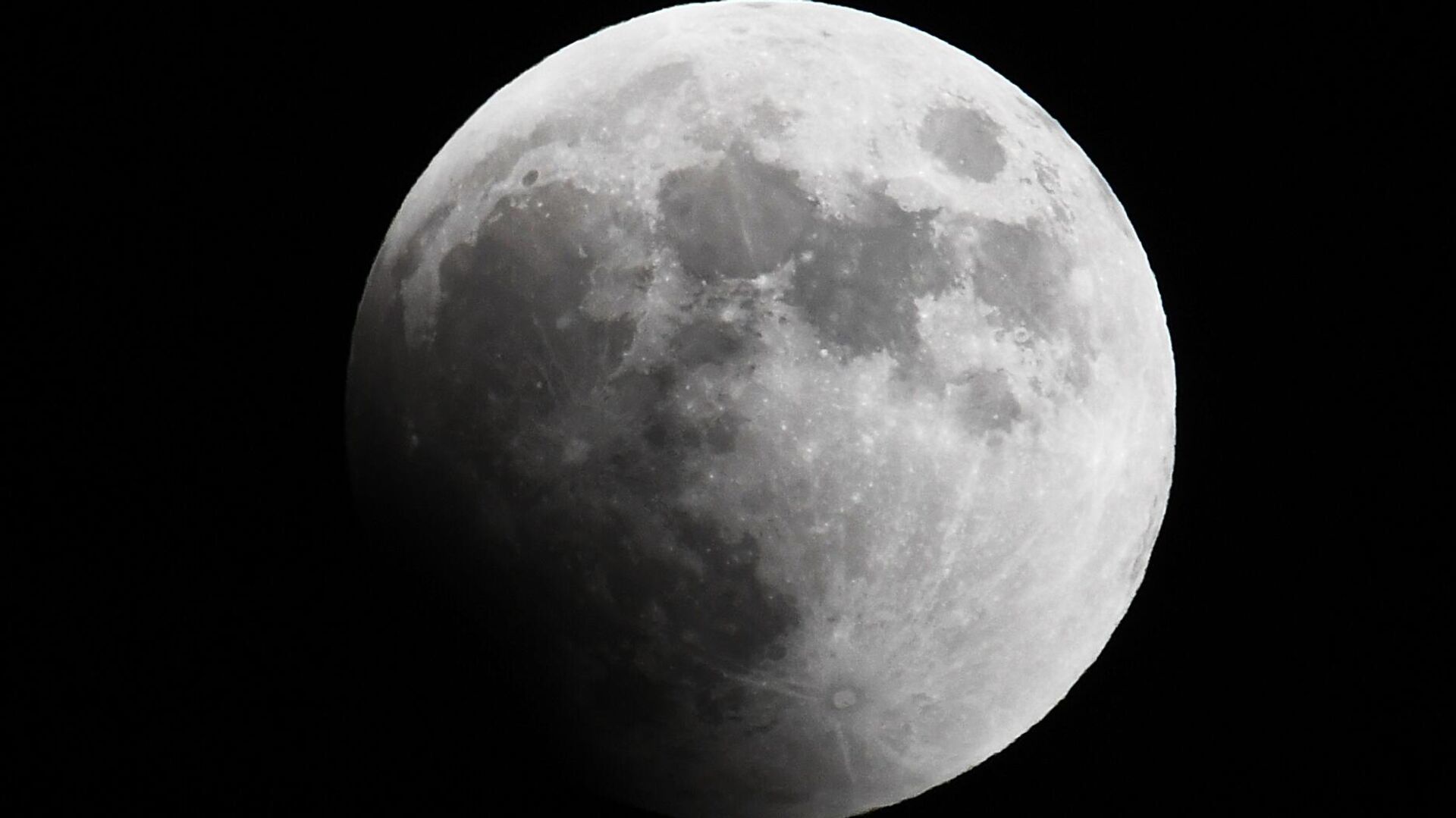https://sputnikglobe.com/20240819/russian-scientist-suggests-to-secure-moons-north-pole-during-luna-27-space-mission-1119820450.html
Russian Scientist Suggests to Secure Moon's North Pole During Luna-27 Space Mission
Russian Scientist Suggests to Secure Moon's North Pole During Luna-27 Space Mission
Sputnik International
The scientific director of Russia's Space Research Institute Lev Zeleny told Sputnik that Russia should focus on the north pole of the Moon if two Luna-27 stations cannot be funded.
2024-08-19T00:47+0000
2024-08-19T00:47+0000
2024-08-19T00:47+0000
beyond politics
russian academy of sciences (ras)
north pole
russia
lev zeleny
moon
moon mission
science & tech
https://cdn1.img.sputnikglobe.com/img/07e8/07/19/1119504581_0:95:1878:1151_1920x0_80_0_0_1d83b787ea8463fbf65f6f8ae6457cd0.jpg
Earlier, RAS scientists suggested that Roscosmos send not one, but two automatic Luna-27 stations, codenamed "a" and "b," for reliability and guaranteed mission completion — to the south and north poles of the Earth's natural satellite. Initially, the flight of one Luna-27 was planned for 2028. So far, the decision to expand the mission is unknown. According to the scientist, by the time Luna-27 flies to the lunar south pole, a "large crowd" of devices from various countries will have already gathered there. The scientist recalled that a Chinese station is planned to land to collect soil, the United States planned to send the VIPER lunar rover there, and is also thinking about a manned mission within the framework of the Artemis Accords. In addition, India has already landed on the lunar south pole and is planning new missions. Thus, Zeleny noted, in the new lunar race, Russia should not "run after the crowd, where it will be very difficult to catch up with those ahead," but choose its own niche, which could be precisely the exploration of the North Pole. At the same time, he warned that others might "guess" this before that. He acknowledged that there were more interesting areas for research at the south pole that generally met the requirements of scientists, but there were some at the north pole as well. The scientist emphasized that their number was not important here, and that "not the entire pole" was needed for study, but some specific area. Zeleny recalled that several of the most interesting zones had been selected for Luna-25, which crashed in August 2023, and a specific landing point was then determined in one of them. In addition, the scientist said that from the point of view of ballistics, the flight to the lunar north pole was approximately the same as to the south, and the new flight scheme will not cause any difficulties. However, he expressed hope that funding will still be found for two missions. According to Zeleny, if two identical devices are sent, additional mock-ups will not be required for their ground testing, so the second Luna-27 should not make the mission much more expensive.
https://sputnikglobe.com/20240717/moon-cave-offers-hope-as-exploration-base-1119396665.html
north pole
russia
Sputnik International
feedback@sputniknews.com
+74956456601
MIA „Rossiya Segodnya“
2024
Sputnik International
feedback@sputniknews.com
+74956456601
MIA „Rossiya Segodnya“
News
en_EN
Sputnik International
feedback@sputniknews.com
+74956456601
MIA „Rossiya Segodnya“
Sputnik International
feedback@sputniknews.com
+74956456601
MIA „Rossiya Segodnya“
russian moon mission, luna-27, lunar pole exploration
russian moon mission, luna-27, lunar pole exploration
Russian Scientist Suggests to Secure Moon's North Pole During Luna-27 Space Mission
MOSCOW (Sputnik) - Russia should switch its attention from the Moon's south pole to its north pole, and if funds for two Luna-27 stations are not allocated, send one just there, Lev Zeleny, the scientific director of the Space Research Institute (IKI) of the Russian Academy of Sciences, told Sputnik.
Earlier, RAS scientists suggested that Roscosmos send not one, but two automatic Luna-27 stations, codenamed "a" and "b," for reliability and guaranteed mission completion — to the south and north poles of the Earth's natural satellite. Initially, the flight of one Luna-27 was planned for 2028. So far, the decision to expand the mission is unknown.
"I think that the right path for us now would be to put the North Pole in the center of attention. We need to adjust our strategy, and even if there is only one Luna-27, then make it the northern one," Zeleny said.
According to the scientist, by the time Luna-27 flies to the lunar south pole, a "large crowd" of devices from various countries will have already gathered there.
The scientist recalled that a Chinese station is planned to land to collect soil, the United States planned to send the VIPER lunar rover there, and is also thinking about a manned mission within the framework of the Artemis Accords. In addition, India has already landed on the lunar south pole and is planning new missions.
Thus, Zeleny noted, in the new lunar race, Russia should not "run after the crowd, where it will be very difficult to catch up with those ahead," but choose its own niche, which could be precisely the exploration of the North Pole. At the same time, he warned that others might "guess" this before that.
"Therefore, we need to somehow make this decision, stake it out, somehow officially secure these plans for ourselves. Because otherwise, the north pole will soon become crowded too," the scientist emphasized.
He acknowledged that there were more interesting areas for research at the south pole that generally met the requirements of scientists, but there were some at the north pole as well. The scientist emphasized that their number was not important here, and that "not the entire pole" was needed for study, but some specific area.
Zeleny recalled that several of the most interesting zones had been selected for Luna-25, which crashed in August 2023, and a specific landing point was then determined in one of them.
In addition, the scientist said that from the point of view of ballistics, the flight to the lunar north pole was approximately the same as to the south, and the new flight scheme will not cause any difficulties.
However, he expressed hope that funding will still be found for two missions. According to Zeleny, if two identical devices are sent, additional mock-ups will not be required for their ground testing, so the second Luna-27 should not make the mission much more expensive.



